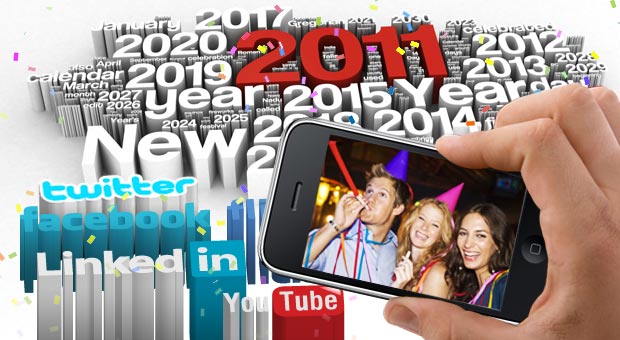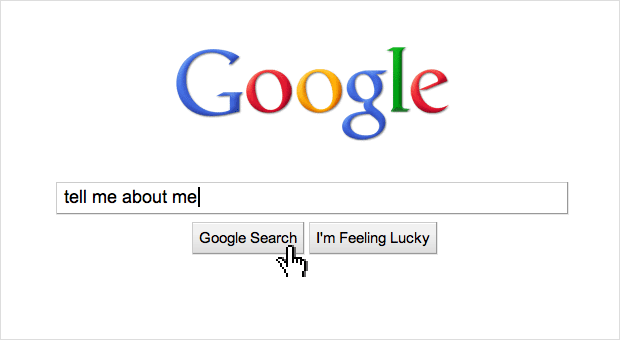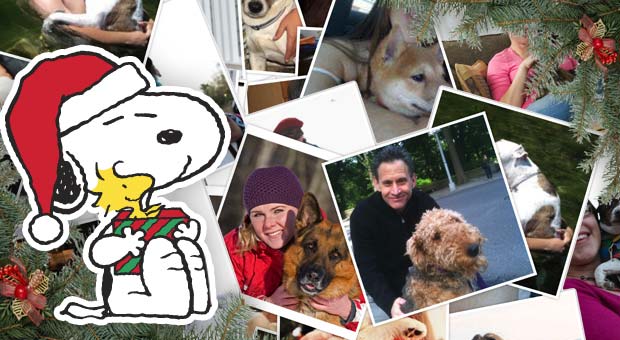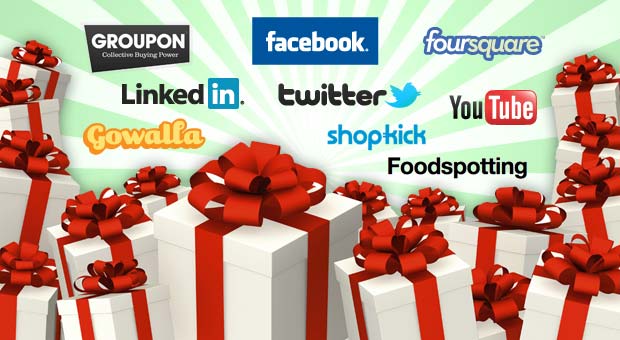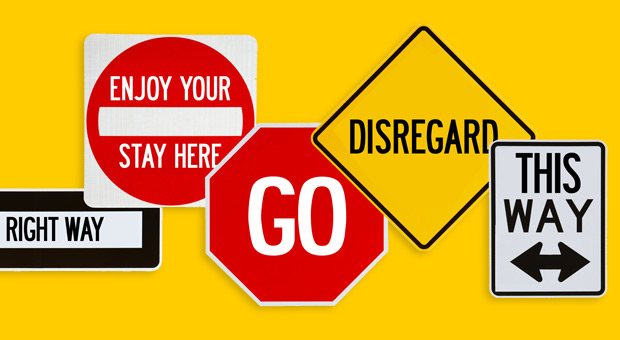As 2010 winds down and we all gear up for the start of a new year, there will be many posts about the topic of resolutions. The New Year gives us an excuse to start over and have another shot at making this year the best yet. There will be resolutions for weight loss, quitting […]
As 2010 winds down and we all gear up for the start of a new year, there will be many posts about the topic of resolutions. The New Year gives us an excuse to start over and have another shot at making this year the best yet. There will be resolutions for weight loss, quitting smoking, spending more time with family, and all of the other classics. Since I am immersed in social media on a daily basis, I am also sure I will see many resolutions in regards to social media.
Most of these resolutions will come in one-size-fits-all dimensions and will not be tailored to the individual. So instead of doing a broad post about what you should do, I am going to share my personal social media resolutions, so you can take away from it what you will and maybe apply it to your work, life, or whatever. Without further adieu:
Continue to expand my knowledge base: One of the most important aspects of my job is to stay up to date on the latest and greatest trends that are happening in the social media world. So in 2011, I will make a dedicated effort to spend some time each day to read the blogs that will help me do that.
Document more: I don’t know about you, but my head is always filled with various trends and ideas, tools and more, that I usually learn about from following my first resolution. The next step in making all that knowledge applicable and usable is to do a better job of documenting what I read.
Improve my writing: Even though social media is a different kind of communication than formal writing, improving this skill is a great asset that can help me in many ways. Professionalism is still a very important skill, and nothing looks less professional than updates or e-mails with spelling and grammatical errors. In my case, it also will help streamline the process and make it less burdensome on the rest of the team.
Process is important: One of the things I learned over the last year is that you can have the best idea ever, but without the proper process to make sure it comes to fruition, it can quickly die a tragic death. This ties into resolution #2, because having a properly documented process can mean the difference between a ship-shape team and total chaos.
Prove value: Another important takeaway from 2010 is realizing that not everyone perceives value the same way. It is important to not only show the value in our actions and plans, but also to make sure we are cognizant of how others perceive value. With that insight, it’s much easier to understand how to prove our actions are adding value.
So there you have it. These are my personal resolutions for Social Media in 2011. As I mentioned, I hope you can look at these and utilize the concepts in your own resolutions. I hope you accomplish all of the goals that you set for yourself this year. Happy New Year to everyone.
